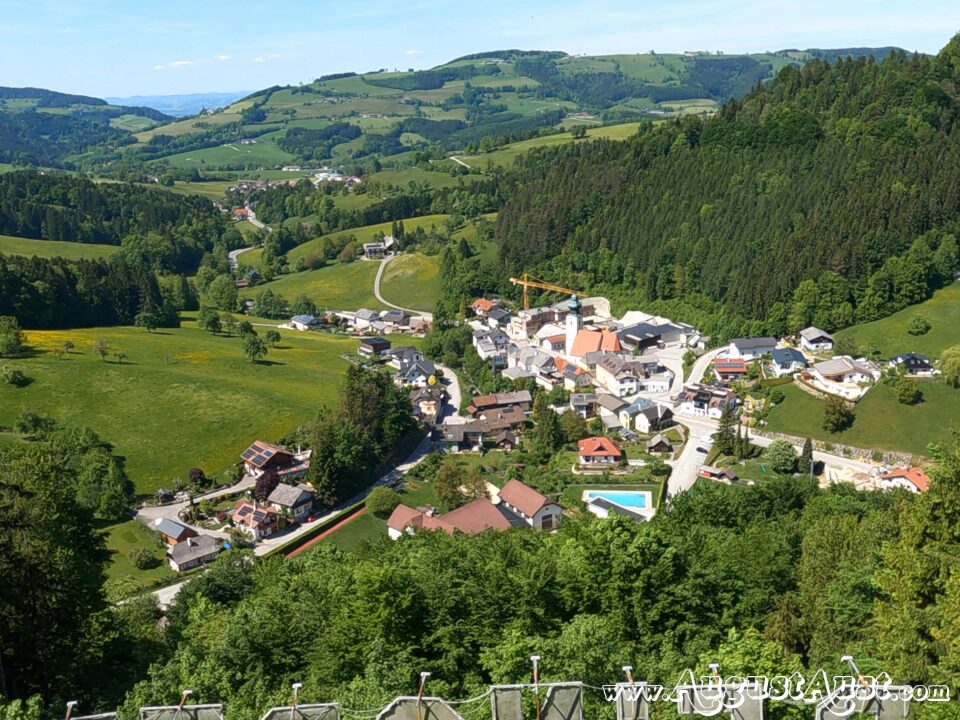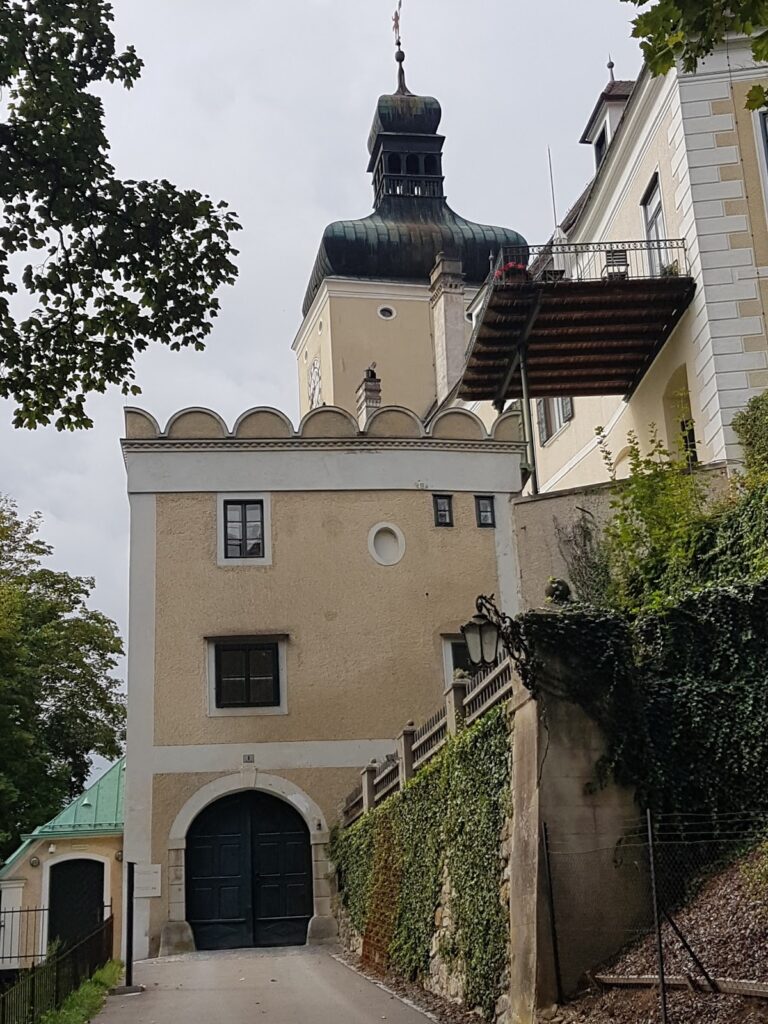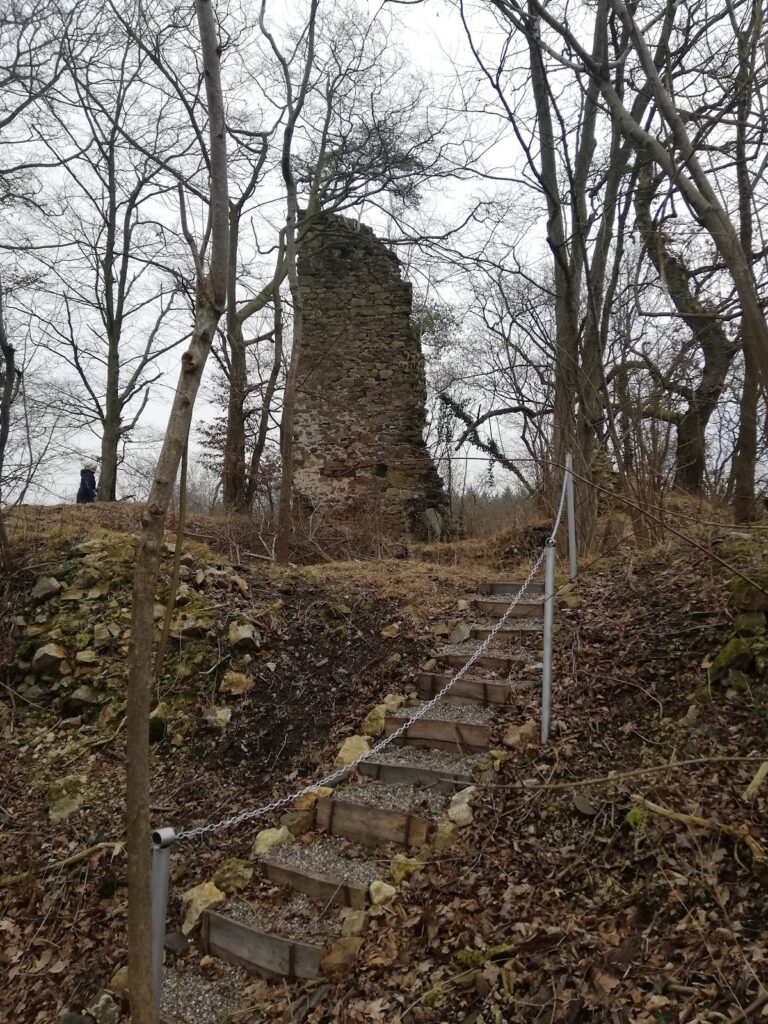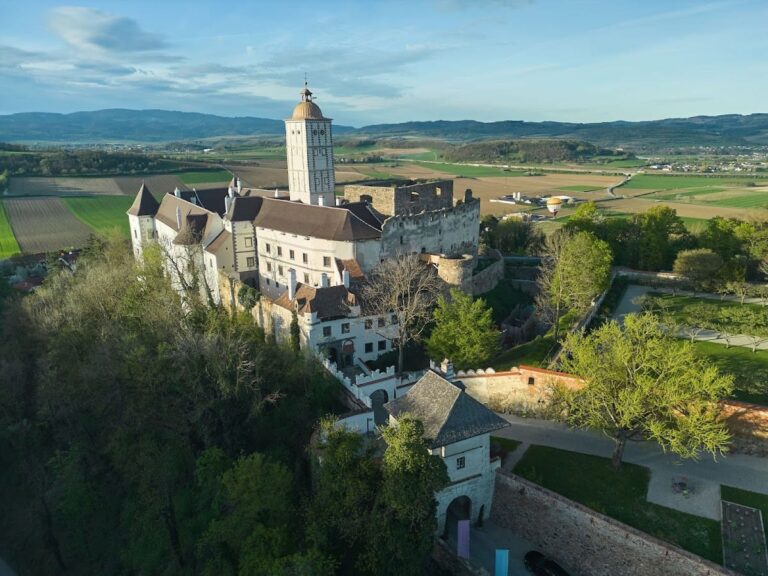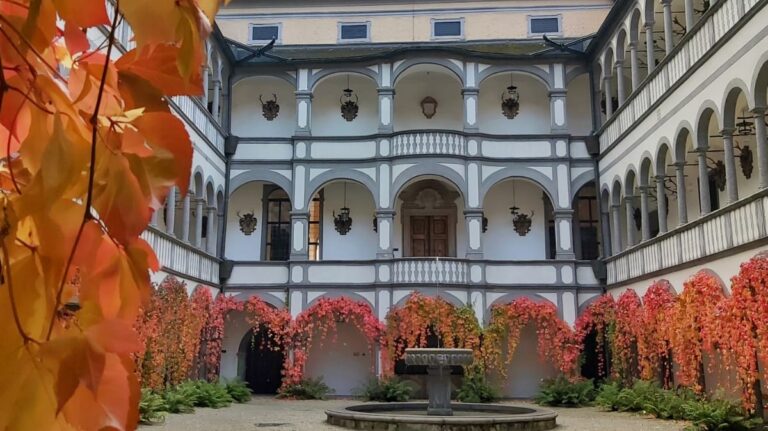Burg Reinsberg: A Medieval Castle Ruin in Austria
Visitor Information
Google Rating: 4.7
Popularity: Low
Google Maps: View on Google Maps
Official Website: www.kulturdorf.reinsberg.at
Country: Austria
Civilization: Unclassified
Remains: Military
History
Burg Reinsberg is a castle ruin perched on a hill within the municipality of Reinsberg, located in what is today Austria. Its origins trace back to the early 13th century when it first entered written records during the medieval period of European history.
The earliest documented mention of the site dates to 1215, when Bishop Otto II of Freising claimed the castle, then referred to as a castrum in Rainsperch, as a fief under the bishops of Regensburg. In the mid-13th century, Engelschalk von Reinsperg held the castle as a fief, and upon his death, his widow Alhaid (also known as Adelheid) was granted possession by the bishop. She played a significant role in shaping the local religious landscape by founding the parish of Reinsberg in 1291, followed by the parish of Randegg in 1294, and establishing a women’s monastery there in 1296.
Throughout the late medieval and early modern periods, Burg Reinsberg passed through the hands of various noble families. The first known burgrave, a castle administrator or governor, was Heinrico Reinsperger, documented in 1275. Ownership later transferred to figures including Christian von Lengenbach (1315), Reinprecht I. von Walsee, Otto von Zelking (1384), and Stefan von Zinzendorf around 1499. By the 16th and 17th centuries, the castle was under the stewardship of Wolfgang von Oedt (1532/34), Wolf Niklas von Grünthal (1602), and subsequently the Dietrichstein family. In 1687, Wolf Engelbert Count Auersperg acquired the castle, maintaining control until 1834.
A notable event in the castle’s history occurred in April 1597 when it was attacked and plundered by peasants led by a figure named Markgraber during a period of social unrest. Following the end of Auersperg ownership in the 19th century, Emperor Franz I took possession of the ruin. Subsequent custodianship passed to the Republic of Austria and later the Austrian Federal Forests. In 1997, the municipality of Reinsberg assumed ownership of the site, marking a new chapter in its stewardship.
Remains
The castle ruins sit atop a hill overlooking the village of Reinsberg, presenting a layout characteristic of medieval fortifications adapted to the terrain. The oldest surviving portion of Burg Reinsberg is the main building, known as the palas, which occupies the upper courtyard level. This section formed the heart of the castle and was fortified with modern structural supports during its renovation to ensure stability. Its elevated position offers sweeping views over the lower courtyard below.
The site reveals a clearly delineated lower courtyard that serves as the central open space within the complex. A distinctive architectural feature is the modern addition of a mobile, elliptical roof structure designed to cover this courtyard. Remarkably, this lightweight roof is supported by a stationary crane originally used for trucks; the crane’s ability to rotate allows the roof to be repositioned as needed. The roof itself is anchored by steel cables to the ground, allowing it to be dismantled easily outside the times when events take place.
Adjacent to the lower courtyard stands a contemporary building that supports the site’s current function as an event venue. This structure houses practical facilities including a buffet area, kitchen, offices, and a generously covered spectator terrace on its ground floor. Beneath this level, two basement floors contain performance-related amenities and storage spaces.
Importantly, the upper courtyard area beneath the palas appears to be fully vaulted—a typical medieval technique involving stone arches to create robust underground chambers or storage areas. Current preservation efforts have left this section largely untouched, keeping it available for future archaeological investigation.
The conservation and transformation of Burg Reinsberg into a cultural venue were undertaken with respect for its historical elements and under supervision from the Federal Monuments Office. This balance of preservation and adaptation ensures that both the medieval origins and modern use of the site are acknowledged within its remaining structures.

